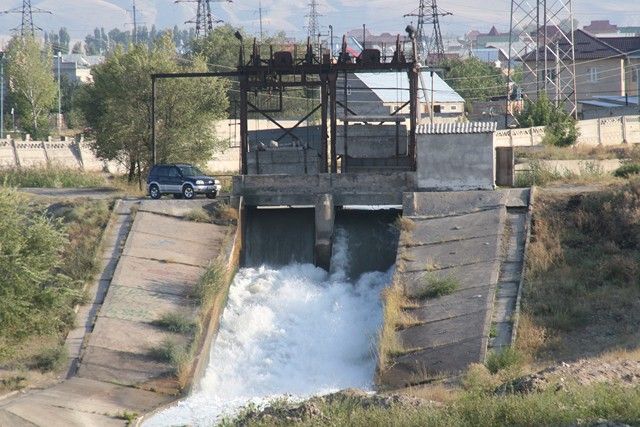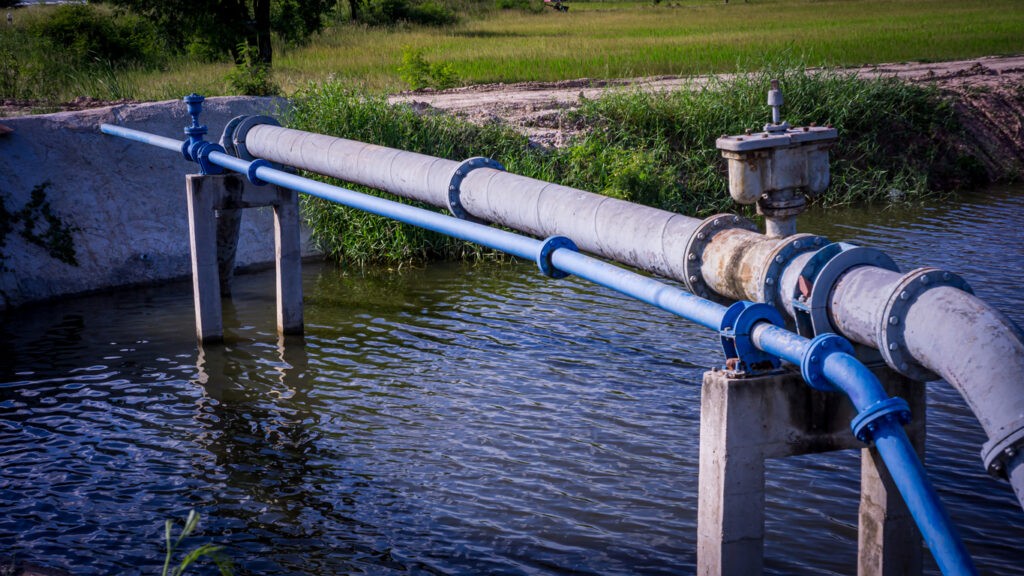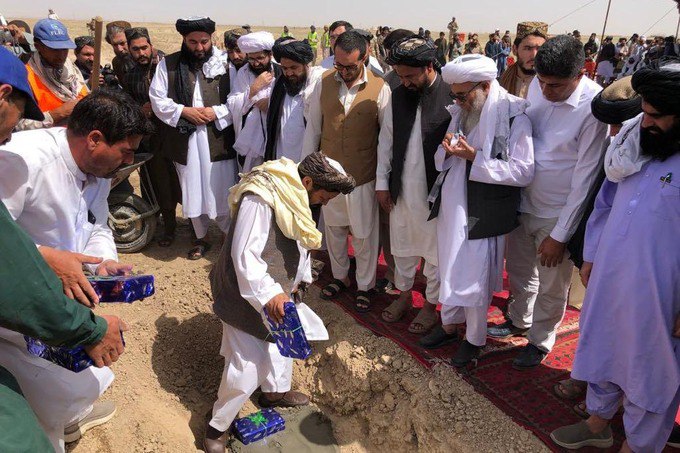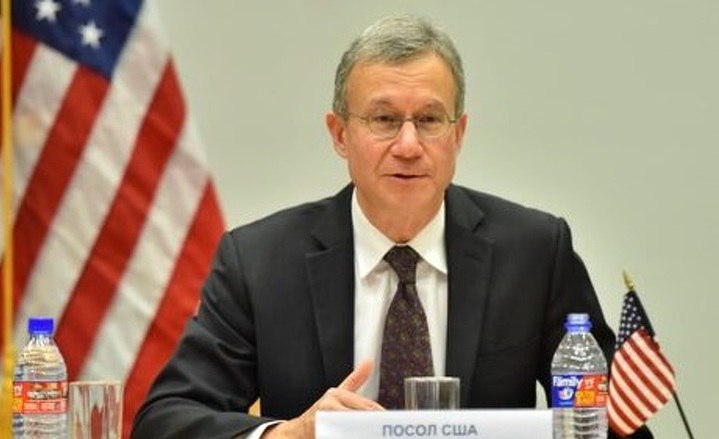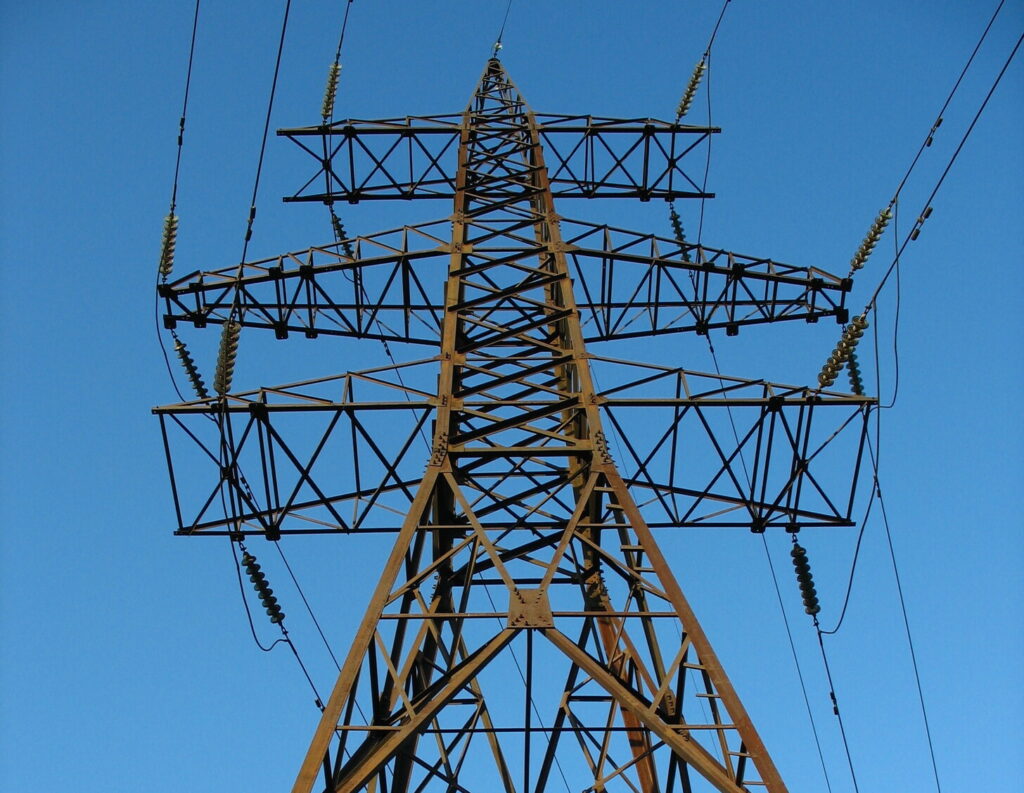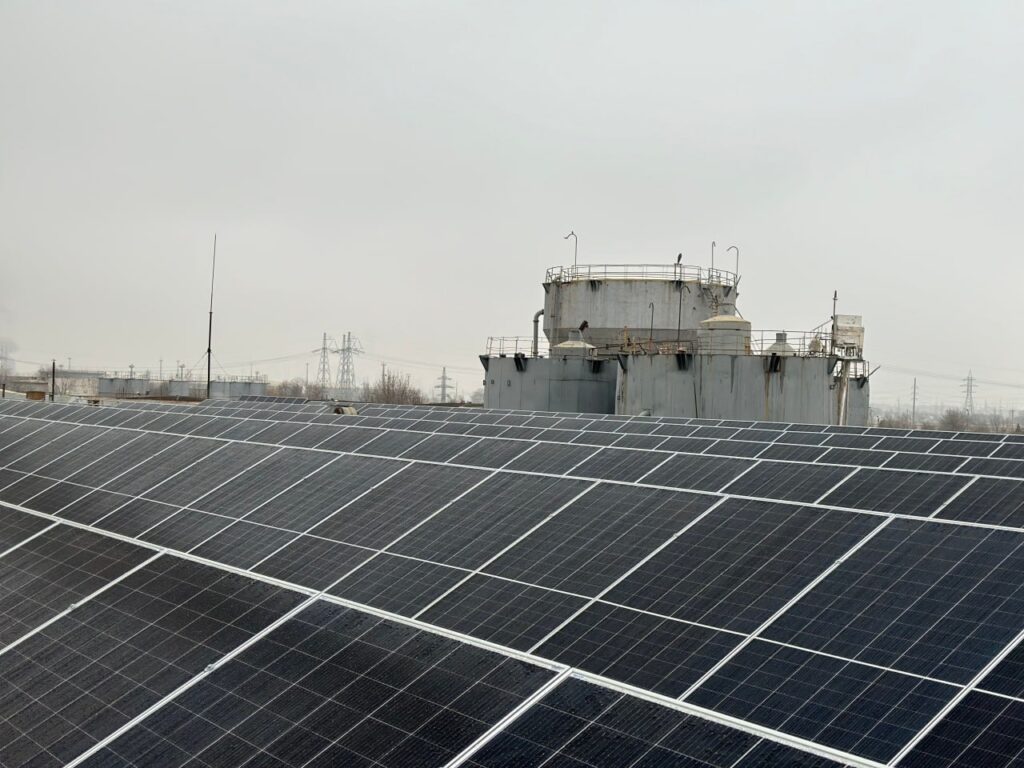BISHKEK (TCA) — There is still a need to create more favorable investment climate for the small hydropower development in Kyrgyzstan, Kyrgyz Parliament Member Zhyrgalbek Turuskulov said at the Second Meeting on “Challenges and ways of development of the Small Hydropower in the Kyrgyz Republic – II”. The event was organized late last month within the framework of the “Small Hydropower Development in Kyrgyzstan” project implemented by the United Nations Development Programme (UNDP) and funded by the Global Environment Facility. The key objective of the event was to define the main challenges and barriers hampering investment into the small hydropower in Kyrgyzstan, the UNDP in Kyrgyzstan reported on its website.
The meeting explored the key results of the “Small Hydropower Development in Kyrgyzstan” project from 2010 to 2016. Key results included: development of the rational, comprehensive, and market-oriented policy in the energy sector; development of the legal and regulatory framework for the small hydropower in the country; as well as assessment of the country’s hydrological resources. Within the project, full feasibility studies and technical documentation were developed for the construction of five small hydropower plants in the country.
“Within the framework of the project, ‘Concept of development of small hydropower in the Kyrgyz Republic for 2015-2017’, additions and amendments to the land and water codes and other laws of the Kyrgyz Republic streamlining land tenure and water use rights for the construction of small hydropower plants were developed and approved by the Government Decrees. Related regulations were designed, as well as the database and interactive web-map with the perspective SHP sites were developed for the construction of small hydropower plants,” said Erkinbek Kasybekov, UNDP Assistant Resident Representative in the Kyrgyz Republic.
Currently, there are 12 small hydropower plants operating in Kyrgyzstan, whereas the potential is to build up to 100 SHPs, with capacity of 180 MW. In reality, only 10% of the country’s water resources (large hydropower plants), and about 3% of hydro potential of the small rivers are used.
“Despite the existing legislation and the adoption of the range of necessary strategic documents, there is no investment into the renewable energy sources (RES) development made,” said Marat Cholponkulov, Advisor of the Minister of Economy of Kyrgyzstan.
As a result of the event, recommendations were made to improve the policy in the sphere of small hydropower in the KR. The main recommendations were to the Ministry of Economy: to complete the activity on enforcing legal regulations developed within the project’s framework until 31 May 2016; work on and endorse legislation, ensuring favorable investment climate in the RES development until 30 September 2016; amend the law “On the renewable energy sources” in terms of determining fixed tariffs after the payback period, identifying subjects covered by the law of the KR “On the renewable energy sources”; and to make changes to the Tax code regarding the possibility of releasing the RES subjects from the land and income taxes for the payback period.
